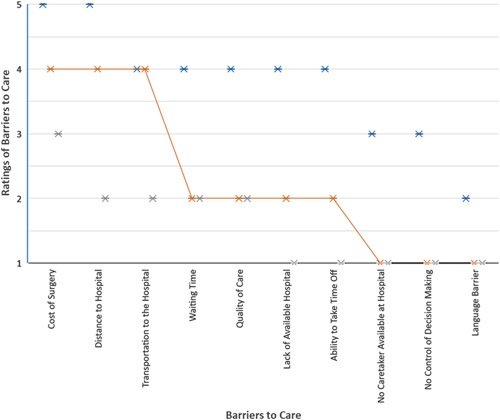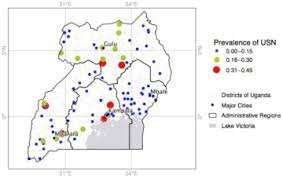
Education & Advocacy Publications

Promoting diversity in neurosurgery through a virtual symposium
The authors developed a virtual educational event for undergraduate students entitled "Future Leaders in Neurosurgery Symposium for Underrepresented Students'' (FLNSUS). The primary objectives of the FLNSUS were to expose attendees to 1) neurosurgeons from diverse gender, racial, and ethnic backgrounds; 2) neurosurgical research; 3) opportunities for neurosurgical mentorship; and 4) information about life as a neurosurgeon.

Promoting diversity in neurosurgery: a multi-institutional scholarship-based approach
In this article, we examine the history of the lack of racial/ethnic diversity in neurosurgery and describe the creation and implementation of a neurosurgery summer scholarship program for Black medical and graduate students, which originated at the University of Miami.

The Assessment of Leadership Competencies in First-Year Undergraduate Medical Students
This study aimed to assess incoming medical students' views and leadership competencies and determine whether leadership traits predicted patient-centeredness in these students.

Increasing Latinx representation in the US medical schools: A top-ranked medical school's experience
This manuscript shares our experience of increasing Latinx student representation within a top-ranked medical school in the U.S. Southeast region.

Impact of a Novel Social Work Program on Access to Tertiary Care
This study evaluates the effectiveness of the RTHC program. Primary outcomes analyzed included acceptance of any referral and attendance of any appointment. Secondary outcomes included acceptance of the first referral and rate of appointment attendance for patients with an accepted referral.

Building Opportunities and Overtures in Science and Technology: Establishing an Early Intervention, Multi-level, Continuous STEM Pathway Program
This article aims to characterize the BOOST program's components, including program background, principles, structure, timeline, and leadership opportunities.

Educating for diversity, equity, and inclusion: A review of commonly used educational approaches
In this review, we provide the readers with the most common DEI educational approaches, including cultural humility, bias training, and improving mentoring to diversify the workforce.

Mixed-method analysis of barriers to surgical care in Uganda
On the basis of the Access Evaluation Framework and Healthcare Barrier Model, this study implemented 2 consumer decision tools and a qualitative interview to elucidate significant barriers to seeking surgical care in Uganda.

You can’t fight pandemics without power—electric power
The number of people without access to electricity has fallen from 1.2 billion in 2010 to 789 million in 2018. But the report also noted that many public facilities still lack access

Optimizing Care for Ugandans with Untreated Abdominal Surgical Conditions
In this study, our objective was to quantify the burden of surgically treatable abdominal conditions in Uganda.

Surgical need among the ageing population of Uganda
This study seeks to determine the proportion of adults above 50 years with unmet surgical needs and deaths attributable to probable surgically treatable conditions in Uganda.

Rural and urban differences in treatment status among children with surgical conditions in Uganda
The objective of the current study was to evaluate the relationship between rurality, surgical condition and treatment status among a cohort of Ugandan children.

Prevalence of Surgically Untreated Face, Head, and Neck Conditions in Uganda: A Cross-Sectional Nationwide Household Survey
The goal of our study is to describe the face, head, and neck (FHN) conditions that need surgical care in Uganda, along with barriers to that care and disability from these conditions.